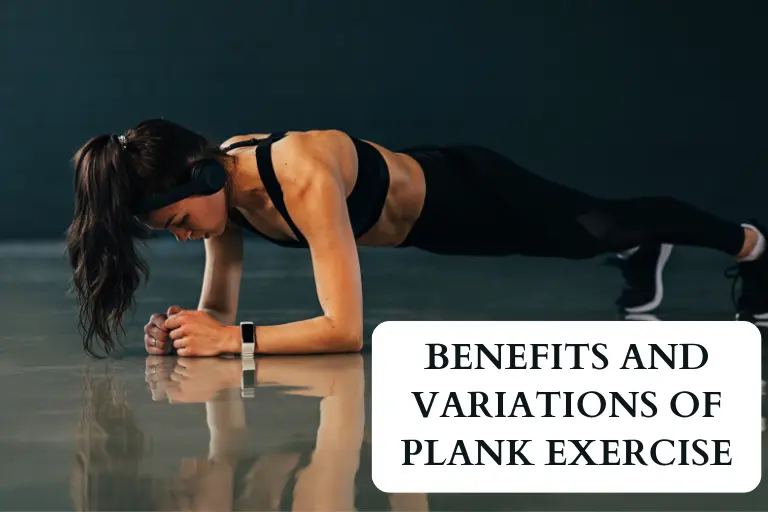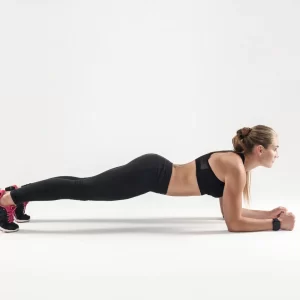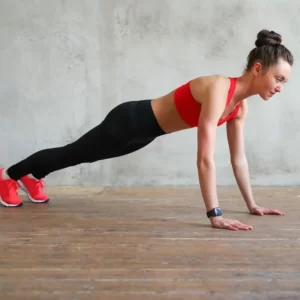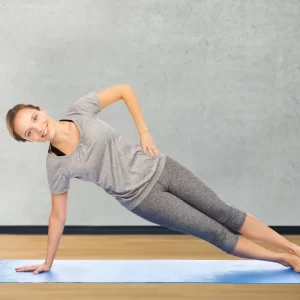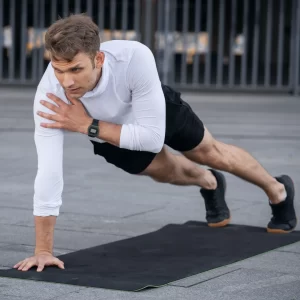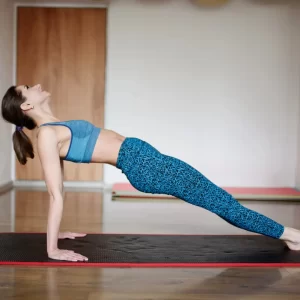The plank exercise has become a staple in fitness routines worldwide, and for good reason. This simple yet effective exercise targets multiple muscle groups simultaneously and can be modified to suit various fitness levels. Unlike dynamic exercises, planks involve holding a fixed position to build strength, stability, and endurance. Primarily targeting the core muscles, planks also work the shoulders, arms, and legs. Let’s explore some more benefits of plank exercise.
Benefits of Plank Exercise
Core Strength:
The primary benefit of planking is its ability to strengthen the core muscles, including the abdominals, obliques, and lower back. By holding a plank position, you engage these muscles to stabilize your body, leading to improved balance and posture.
Improved Posture:
Engaging in regular plank exercises promotes proper alignment of the spine, which can contribute significantly to better posture. A strong core provides the necessary support for the entire body, reducing the risk of slouching and associated back pain.
Enhanced Flexibility:
Planks don’t just work your core; they engage multiple muscle groups simultaneously. This helps improve flexibility in various muscle areas, such as the shoulders, hamstrings, and even the arches of your feet.
Boosted Metabolism:
Engaging in planks activates several muscle groups at once, leading to an increased metabolic rate. This can contribute to more effective fat burning, making planks an excellent addition to any weight loss or maintenance program.
Plank Exercise Variations:
Standard Plank:
Begin in a push-up position with arms straight, and wrists directly under shoulders. Hold your body in a straight line from head to heels, engaging your core.
High Plank:
Start in a push-up position, keeping your arms straight beneath your shoulders. Hold your body in a straight line from head to heels. This variation intensifies the engagement of your shoulders and arms.
Side Plank:
Shift to a lateral position, supporting your body with one arm and stacking your feet on top of each other. This variation targets the obliques and improves overall balance.
Plank with Shoulder Taps:
While in a standard plank position, tap one shoulder with the opposite hand, alternating sides. This dynamic movement increases the challenge and engages the stabilizing muscles.
Reverse Plank:
Sit on the floor with your legs extended, place your hands behind you, and lift your hips towards the ceiling. This variation targets your lower back, glutes, and hamstrings.
Conclusion:
Incorporating planks into your fitness routine can yield numerous benefits, from core strength and improved posture to injury prevention and flexibility. By exploring different variations of the plank exercise, you can keep your workouts exciting and challenging while continuing to reap the rewards of this simple yet effective exercise. Remember to listen to your body and progress at your own pace. Download FitMe- 10 Minute Workout at Home to access a wide range of workouts and exercises, including variations of the plank exercise, to help you achieve your fitness goals.


